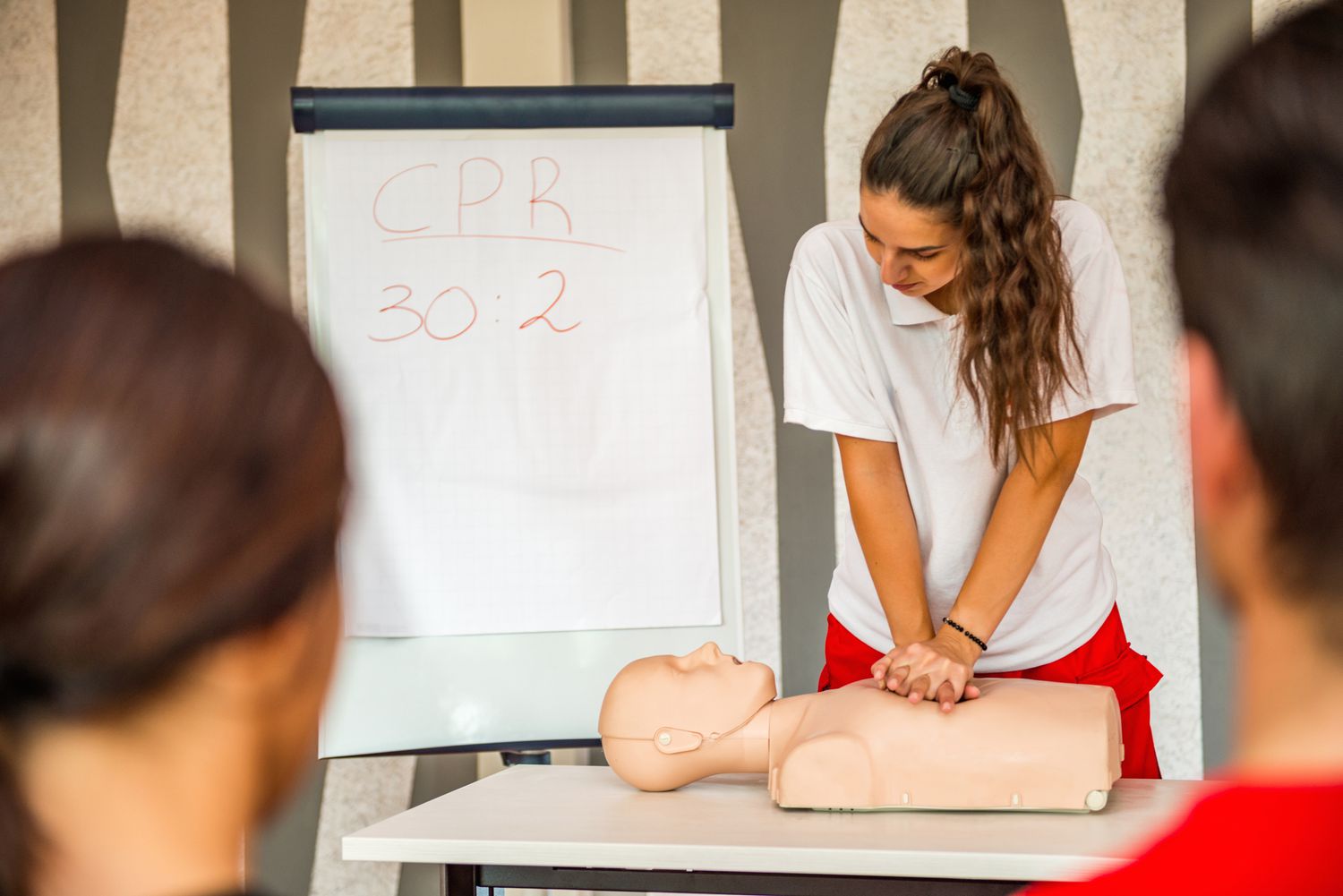Introduction:
Teaching on ice is not commonly heard of, yet it represents an essential area of expertise for educators and adventure seekers. It is a unique skill set that involves comprehensive knowledge and experience in providing first aid for individuals exposed to icy or freezing conditions. This article will shed light on the importance of teaching first aid in icy environments and discuss best practices when it comes to instruction.
The Importance of Teaching First Aid for Icy Conditions:
Many outdoor enthusiasts, such as skiers, snowboarders, or mountaineers, frequently expose themselves to icy conditions. In these unique situations, emergency medical care is often miles away or even impossible to reach due to the extreme surroundings. That’s why mastering first aid for freezing conditions is crucial – it can prove to be a lifesaver in emergencies.
Common Risks and Injuries:
Icy environments pose various risks and unique challenges that demand appropriate first aid training. Some common injuries and complications include:
1. Hypothermia: A sharp drop in body temperature can occur quickly due to prolonged exposure to cold surroundings.
2. Frostbite: The cold environment can lead to tissue freezing and severe injury if not addressed immediately.
3. Falls: Walking on ice or uneven terrain increases the risk for fractures, dislocations, or sprains.
4. Snow blindness: The sun’s glare reflecting off snow can temporarily damage vision.
Teaching Expertise: First Aid Instruction for Icy Conditions:
When teaching first aid in icy environments, it is crucial to focus on the specific elements relevant to those settings:
1. Assessing the Situation: Teach students how to evaluate situations as they are exposed to cold weather injuries effectively.
2. ABCs of First Aid: Ensure students understand the basic principles of Airway, Breathing, and Circulation management.
3. Hypothermia Management: Instruct students on recognizing hypothermia symptoms and teach them appropriate warming actions.
4. Frostbite Treatment: Teach students to identify and treat frostbite by rewarming the affected area carefully. Reinforce the importance of providing immediate care for the injured.
5. Spinal Precautions: Explain how to manage potential back, neck, or spinal injuries during rescues in icy environments.
6. Splinting and Immobilization: Educate students on splinting techniques using improvised materials on icy surfaces to handle fractures or dislocations.
7. Shelter Construction: Teach students to build emergency shelters for protection against harsh weather.
Conclusion:
Teaching on ice represents a unique and essential area of instruction for outdoor enthusiasts and professionals who may encounter extreme conditions or emergencies. Educators must ensure that their teaching expertise aligns with the specific challenges of icy environments to prepare their students effectively for real-life situations. By mastering these skills, first aid instructors will play an integral part in preserving the well-being of individuals as they traverse through icy landscapes.





